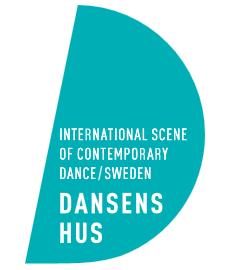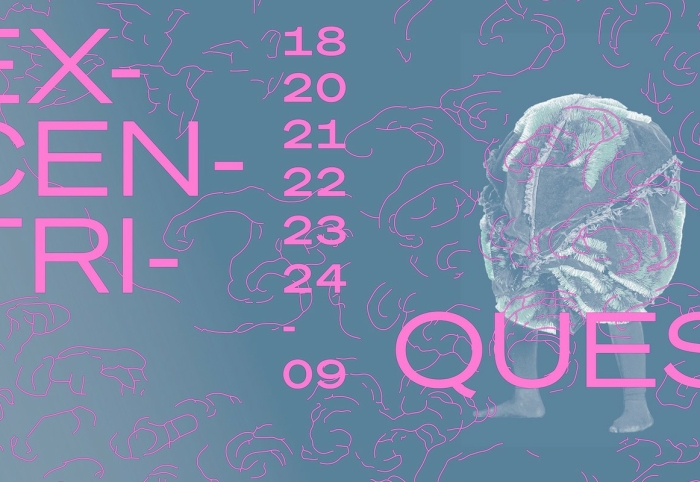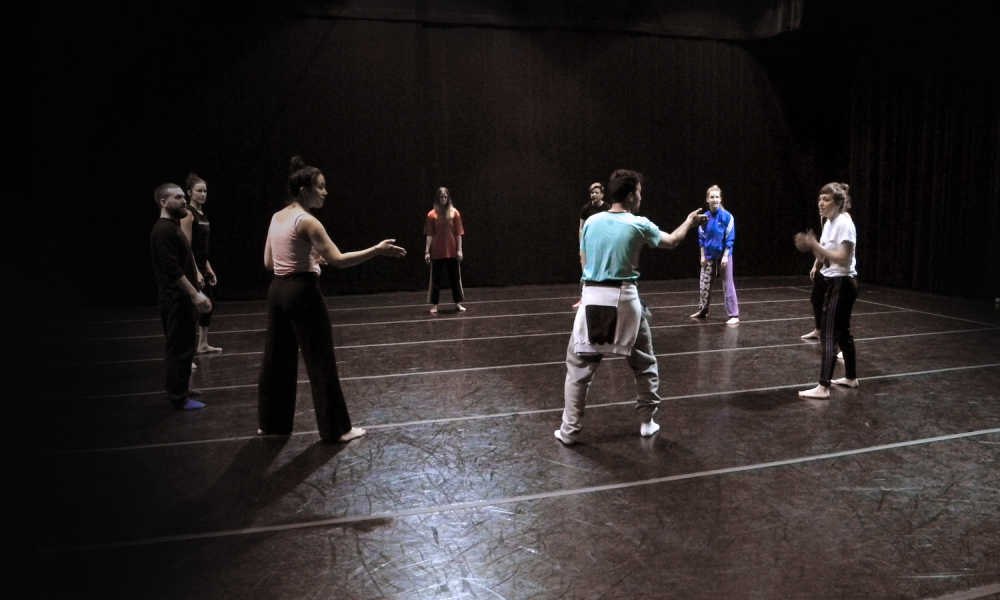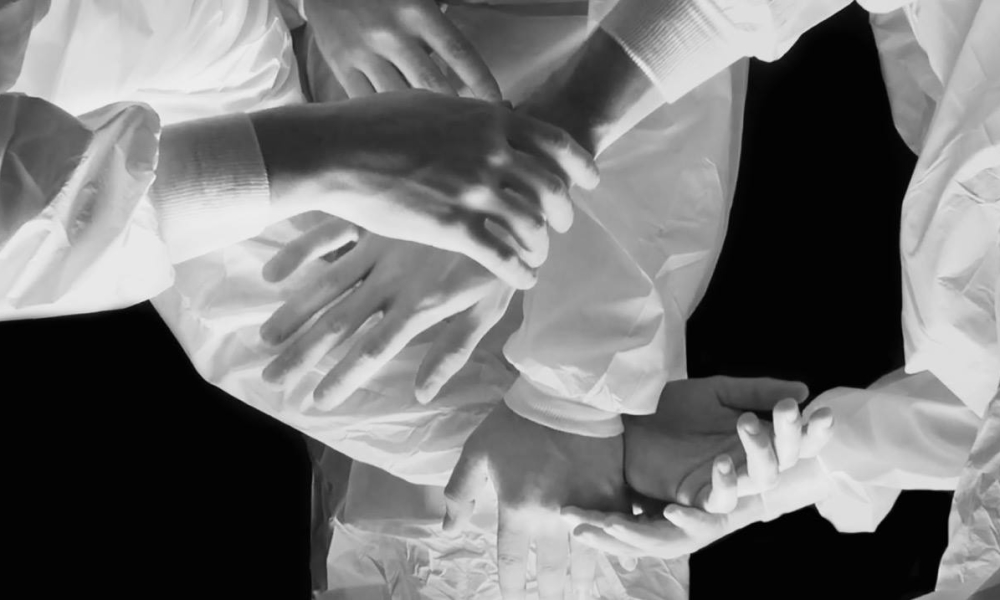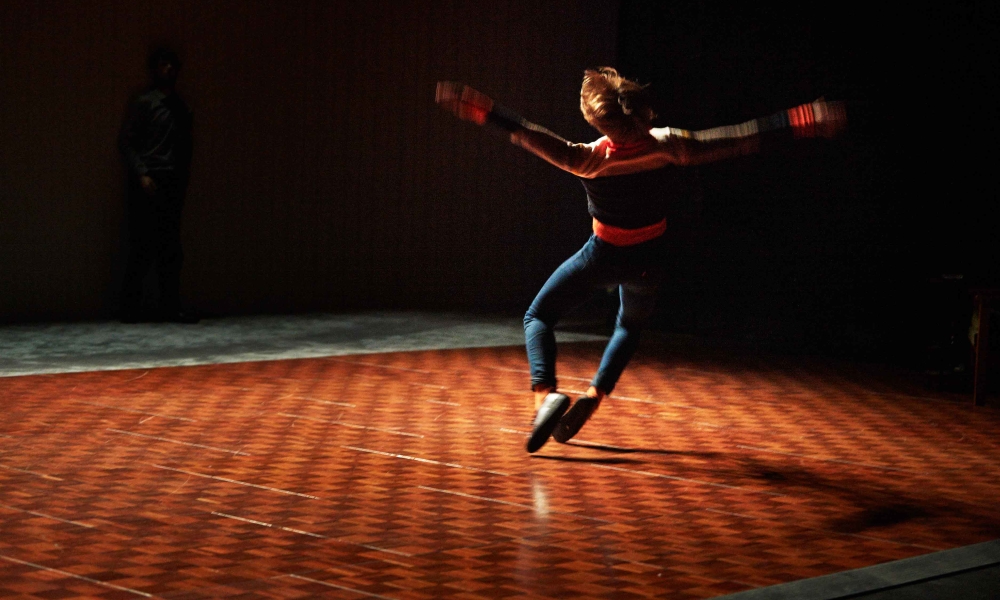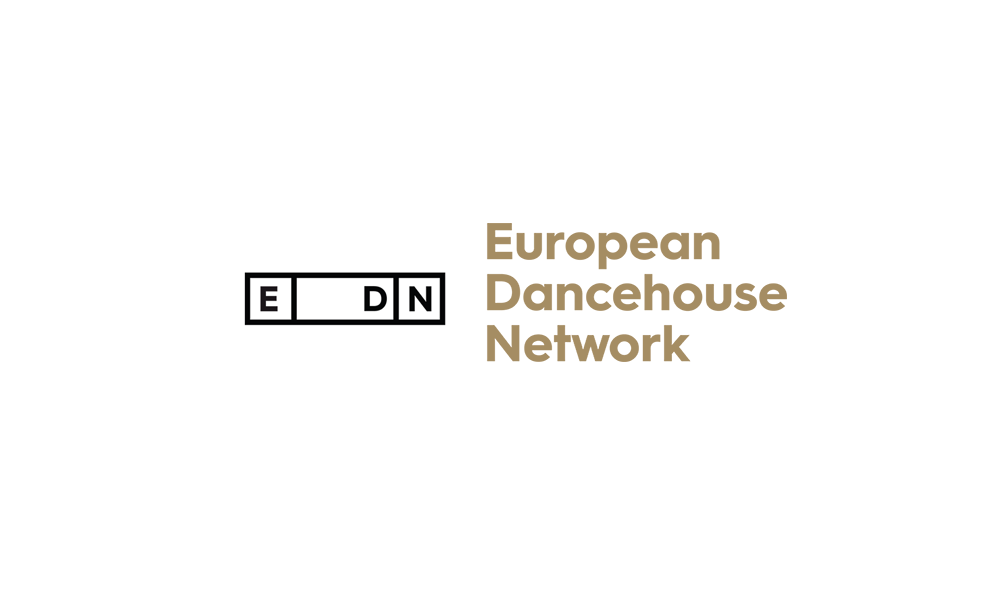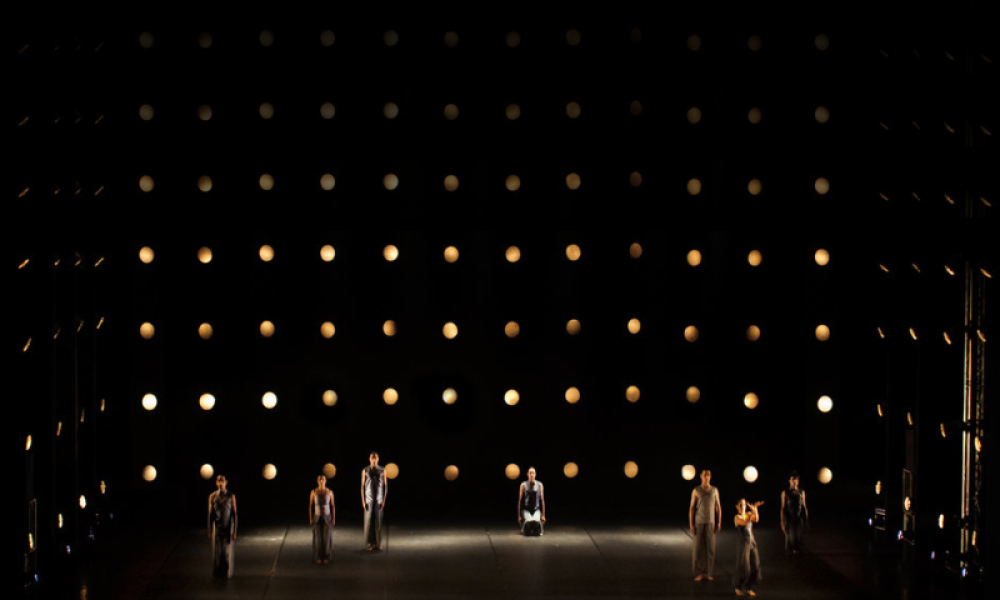Dansens Hus was inaugurated in 1991 and is situated in Folkets Hus by Norra Bantorget in central Stockholm. The organisation was formed in 1989 as a foundation by six founders: the Royal Swedish Opera, Riksteatern, the Göteborg Opera, Östgötateatern, Danscentrum and Dansmuseet.
Dansens Hus is located in the new Folkets Hus building that was inaugurated in 1960. Sven Markelius is the architect behind this modernistic building built in functional style. The stage was initially planned to house a cinema. However, it became the home for Stockholm City Theatre, which moved there from 1960 until 1990 when the theatre moved to Kulturhuset.
Although the building is not classified as a heritage building, it has been well-preserved. The original interior remains today in the foyer, featuring Arne Jacobsen’s Swan chairs and teak tables. The Markelius textiles are reproductions. Original teak walls are found in the restrooms, as well as chequered floors and Dals paper towels.
Folkets Hus is owned by LO but is managed by the City Conference Center. The building contains a congress hall, restaurants (Cabaret and Aladdin) and Dansens Hus rents the foyer, stages, offices, training rooms and basement.


